Stem Cell Culture Guide
In the areas of developmental biology, disease modeling, and cell therapy, research requires experimental approaches that are not only efficient and reproducible but also preserve the genetic integrity of the cells. However, both ordinary cell lines and immortalized cell lines can't meet these special requirements. Stem cells, which have the ability of differentiation into various cell types, provide the possibility of the related research on persistence. Due to some difficulties at the beginning of stem cell research, we design this stem cell culture guide to provide some solutions and resources needed to get your research started.
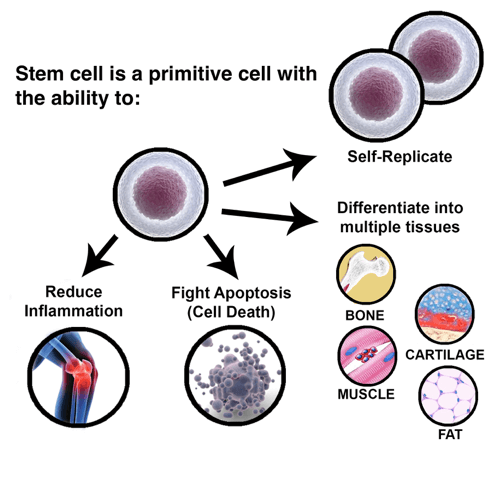
Basic Introduction of Stem Cells
• Stem Cells
The stem cells are a kind of undifferentiated biological cells that have the unique ability to self-renew and differentiate into specialized cell types.
• Classification of Stem Cells
There are two broad types of stem cells: embryonic stem cells and adult stem cells. In adult organisms, stem cells (adult stem cells) normally act as a repair system for the body to replenish adult tissues. Unlike the adult organism, stem cells (embryonic stem cells, ESCs) in a developing embryo could differentiate into all the specialized cells—ectoderm, endoderm, and mesoderm, as well as maintain the normal turnover of regenerative organs, such as blood, skin, or intestinal tissues.
According to different derived from, stem cells can be subdivided into induced pluripotent stem cells(iPSCs), embryonic stem cells (ESCs), mesenchymal stem cells (MSCs), cancer stem cells (CSCs), neural stem cells (NSCs), and hematopoietic stem cells (HSCs), etc.
• Sources of Stem Cells
There are three main sources of human ESC: already existing embryonic stem cell lines; embryos that are left unused after in vitro fertilization procedures (the so-called “spare” embryos); embryos created by means of somatic cell nuclear transfer technique for the purpose of conducting research.
Compared with ESC, adult stem cells can be easier got from a variety of sources including blood, bone marrow, umbilical cord blood, and adipose tissue.
Applications of Stem Cells
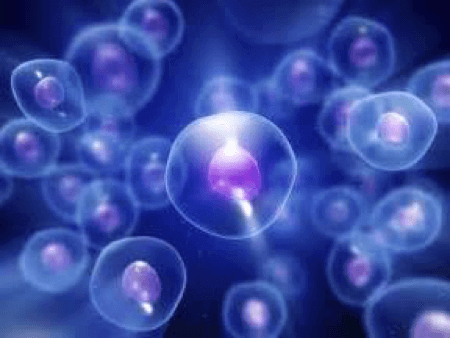
In consideration that stem cells have the ability to self-renew, reparation and differentiation, they are widely used in the below areas:
- Reparation and reconstruction of organs
- Sources of artificial organs and tissues
- New drug development
- Gene function research
- Gene therapy
- Toxicology and pharmacology research
- Cancer research
- Technical support
Stem Cell Culture
Even though the scientists have gained some knowledge of stem cell culture over the past decade, stem cell culture is still a challenge for many researchers. Here we will introduce different culture conditions and stem cells characterization.
Two Types of Stem Cell Culture System
• Feeder-dependent Stem Cell Culture
Feeder-dependent stem cell culture system is used to maintain stem cells which need co-culture with "feeder cell" such as fibroblasts to support pluripotency and proliferative potentials of these stem cells. In this cell culture system, the fibroblast-seeded plates are prepared in advance. Feeder cells condition the medium through metabolic leakage and provide the stem cells in culture with many other necessary proteins, most often growth factors and extracellular matrix proteins which give a support matrix for cell attachment and proliferation.
Mouse embryonic fibroblasts (MEFs) that have been irradiated or treated with mitomycin C are recommended as feeder cells for stem cell cultures. This “inactivation” action - arresting the cell cycle by mitomycin C - is in order to prevent the MEFs from overgrowing and out-competing the slower-growing PSCs. A smaller percentage of using human foreskin fibroblasts (HFFs), which areusually as a xeno-free alternative, is more suitable for clinical applications. No matter the feeders are derived from mouse or human, both of them are cultured on plates coated with a 0.1% ready-to-use format gelatin.
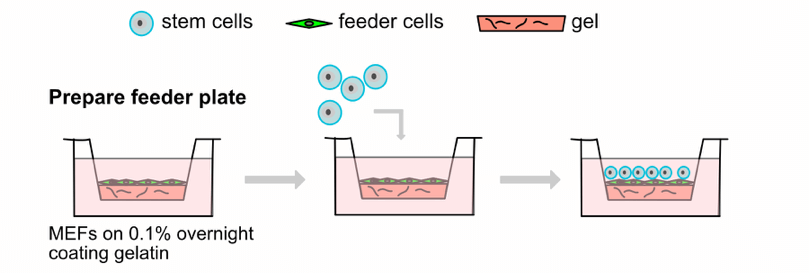
• Feeder-free Stem Cell Culture
Latest advances in stem cell culture technology have made it possible to culture pluripotent stem cells in a feeder-free system by the utilization of extracellular matrix in the place of feeder cells. The feeder-free culture system has achieved a balance between promoting pluripotent cell growth and inhibiting spontaneous cellular differentiation by the fine-tuning medium formulation of essential amino acids, salts, other nutritional elements, and growth factors.

Choosing an Appropriate Culture System
For the feeder-dependent system, MEFs play as a means of attachment for the stem cells and releasenutrients into the culture medium to promote cell proliferation. But there are some drawbacks to using feeders, such as more labor intensive, a risk of transmitting and yield mixed cultures of stem cells and fibroblasts.
Thus researchers have devised ways to grow stem cells without feeder cells, reducing the risk of hazards, such as viral infection. Feeder-free culture conditions have many advantages, including easier to use, more reproducible, amenable to larger scales. And you don't need to worry obtaining mixed cultures of stem cells and fibroblasts.
It's important to choose the best culture systems for different cells.
| Stem Cell Types | Sources | Culture System | Serum-free | ||
| Pluripotent | iPSCs | iPSCs | Post-natal tissue | Feeder-dependent system with MEF or HFF; or an extracellular matrix | Yes |
| ESCs | hESCs | Blastocyst stage embryos | Yes | ||
| mESCs | Blastocyst stage embryos | Feeder-dependent system, or gelatin | No | ||
| Multipotent | Adult stem cells | MSCs | Post-natal tissues | Feeder-free system | No |
| CSCs | Tumors | Feeder-free system | Yes | ||
Table 1. Stem cells and selected culture conditions.
Sometimes in order to satisfy changing project requirements or new experimental designs, a specific feeder-free culture system adapting is necessary. Generally, cells can be placed in an intermediate media system to complete the transitions by slowly acclimating to new environments. Cell overgrowth will result in differentiation and lead to the loss of stem.
Characterization of Stem Cells
With the development of technology, the stem cells can now be derived from various somatic cells using different methods and can be cultured with different media and matrik. In order to confirm the quality of the stem cells, a package of characterization practices is necessary which consists of primarily testing functional pluripotency and detecting abnormalities that can affect cell behavior and safety.
Detection of Self-renewal Marker Expression
- Observation of cellular morphology
- Live alkaline phosphatase (AP) staining
AP, an enzyme that is upregulated in PSCs, can be detected the expression by Probes. This method can discriminate stem cells from feeder cells or parental cells and keep cell viability to be the largest extent.
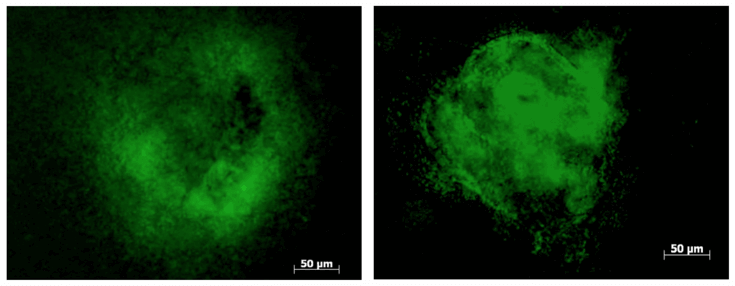
- Live cell immunostaining
PSCs have many positive stable surface markers such as SSEA4, TRA-1-60, TRA-1-81, and negative markers including CD44 and SSEA1, which can be stained quickly while keeping cells in culture. We can investigate the cell state by detecting these markers.
- Flow cytometry
Flow cytometry is the most common method which provides a quantitative measure of how many cells are expressing the markers and at what level.
Evaluation of Differentiation Potential
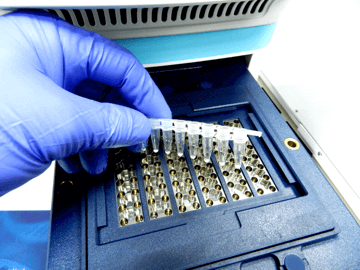
• Cellular Analysis
There are several markers for EBs to analyze differentiation, such as smooth muscle action (SMA) for mesoderm, alpha-fetoprotein (AFP) for endoderm, and beta-III tubulin (TUBB3/TUJ1) for ectoderm. These markers can be detected by immunocytochemistry method.
• Molecular Analyses
Immunostaining is a low-throughput method and it is limited to the detection of markers whose antibodies are available. Recently, the molecular analyses, which allow a large scale detection at one time, have been widely used in the evaluation of stem cell differentiation potential, especially the qPCR.
Getting started with Creative Bioarray
At Creative Bioarry, we provided the specialized cell culture media and supplements to meet different requirements of your chosen tissue or cell type. In addition, due to the difficulties of isolation and proliferation of stem cells, a package service of stem cell research is available. Our services cover from commercial stem cells for lab use, characterization and differentiation of stem cells to stem cell assay development & screening. In technical bulletin, we provide several protocols for stem cell culture, including human iPSCs, MSCs, CSCs, ESCs. No matter what you want to know about--new to stem cell research, taking your research in a different direction, or just curious about a specific product - we always stay here to provide assistance for you.
Creative Bioarray, as a leading company specialized in stem cell research, dedicates to providing the most appreciate methods for isolation, culturing and differentiation of stem cells. We offer wide solutions for proliferation, characterization, differentiation, authenticate assays and screening. At Creative Bioarray, all of our expert team, abundant resources, and technical platform can help advance your research along any of routes. We look forward to working with you in the future.
References
- Takahashi K.; et al. Induction of pluripotent stem cells from adult human fibroblasts by defined factors. Cell. 2007, 131(5):861–872.
- Singh U.; et al. Novel live alkaline phosphatase substrate for identification of pluripotent stem cells. Stem Cell Rev. 2012,8(3):1021–1029.
- Adewumi O.; et al. Characterization of human embryonic stem cell lines by the International Stem Cell Initiative. Nat Biotechnol. 2007, 25(7):803–816.